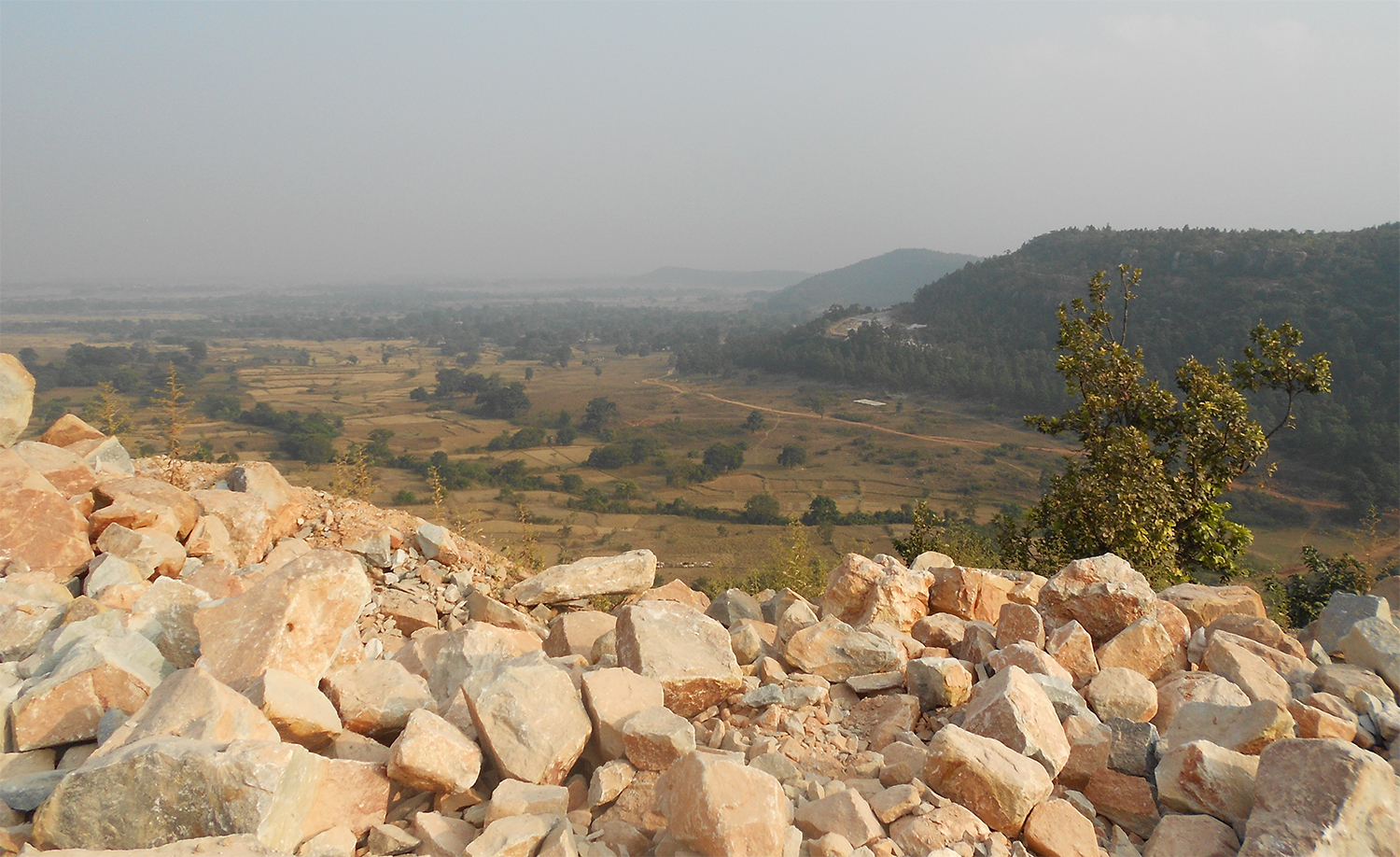Dónal Ring | Staff Writer
A team of researchers from Trinity’s School of Natural Sciences have made a breakthrough in uncovering the evolutionary roots of life on earth.
In a paper published in one of the world’s top-ranked science journals, Geology, evidence of oxygen-producing life forms dating from at least 3 billion years ago is presented, 60 million years earlier than previously thought.
Quentin Crowley, Ussher Assistant Professor in Isotope Analysis and the Environment in the School of Natural Sciences at Trinity and senior author of the paper, emphasized the importance of the findings: “This is a very exciting finding, which helps to fill a gap in our knowledge about the evolution of the early Earth,” he said.
The life forms discovered were responsible for adding oxygen to the atmosphere, one of the key stages in the evolution of life.
The evidence comes from dating a paleosol – a preserved piece of an ancient soil – found in India, which was carried out in conjunction with geologists in the country’s Presidency University of Kolkata.
The paleosol shows patterns of chemical weathering indicative of high levels of atmospheric oxygen.
“This paleosol from India is telling us that there was a short-lived pulse of atmospheric oxygenation and this occurred considerably earlier than previously envisaged,” said Crowley.
He said that the work “gives further credence to the notion of early and short-lived atmospheric oxygenation.”
These substantial levels of oxygen could only have been produced by organisms converting light energy and carbon dioxide to oxygen and water. The planet’s early atmosphere consisted mainly of methane and carbon dioxide, with very little oxygen.
The widely accepted model for the evolution of the atmosphere states that oxygen levels did not appreciably rise until 2.4 billion years ago. The Trinity research does not dispute this but it had been unclear whether or not there had been any previous oxygenation events.
“This particular example is the oldest known example of oxidative weathering from a terrestrial environment, occurring about 600 million years before the Great Oxidation Event that laid the foundations for the evolution of complex life,” Professor Crowley added.
Photo courtesy of the School of Natural Sciences.






